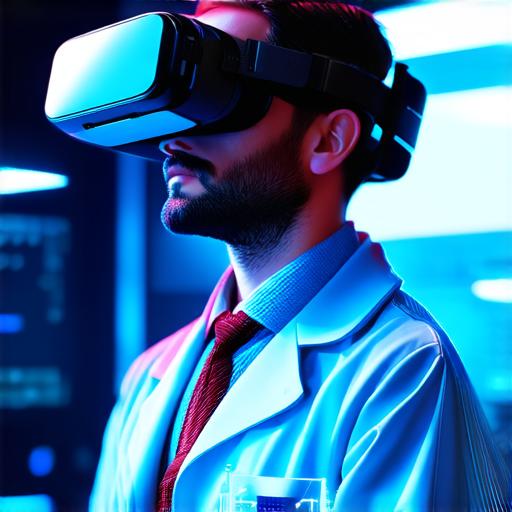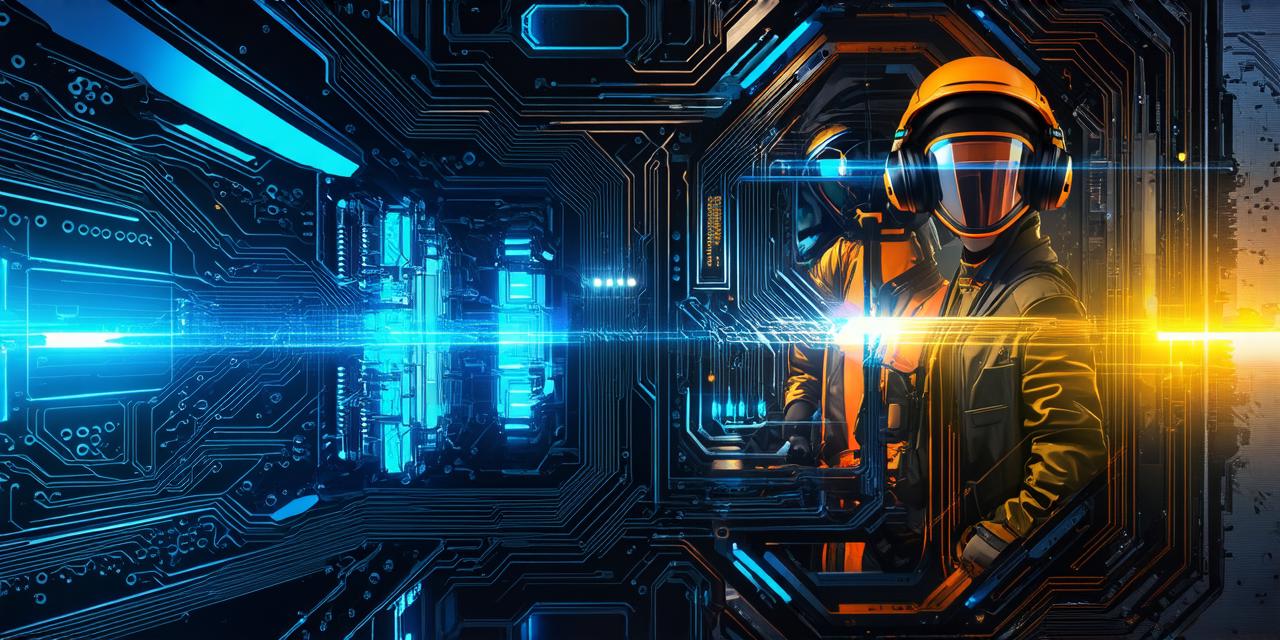Virtual reality (VR) is a rapidly growing technology that allows users to immerse themselves in simulated environments. It has numerous applications in fields such as gaming, education, healthcare, and more. In this article, we will explore how virtual reality is developed, including the hardware and software components required to create VR experiences.
Hardware Components
The hardware components of a virtual reality system include the headset or display device, tracking sensors, input devices, and a computer or server. The headset is worn by the user and displays the simulated environment in 3D. Tracking sensors are used to track the movement of the user’s head, allowing for smooth transitions between different environments. Input devices such as controllers or gloves allow users to interact with the virtual environment.
Software Components
The software components of a virtual reality system include the rendering engine, graphics and sound libraries, game or application logic, and user interface. The rendering engine is responsible for generating the 3D graphics and animations that make up the virtual environment. Graphics and sound libraries provide pre-made assets such as textures, models, and sound effects that can be used in VR experiences. Game or application logic defines the rules and behaviors of the virtual environment, including how users can interact with objects and non-player characters (NPCs). The user interface is the layer between the user and the virtual environment, allowing them to navigate and interact with it.
Development Process
Virtual reality development involves several stages, including concept design, prototyping, asset creation, programming, and testing. Concept design involves brainstorming and sketching out ideas for the VR experience, including the setting, characters, and gameplay mechanics. Prototyping involves creating a basic version of the VR experience to test and refine the concept. Asset creation involves creating the 3D models, textures, sound effects, and other media that make up the virtual environment. Programming involves writing code to implement the game or application logic, as well as to control the rendering engine and user interface. Testing involves checking for bugs and issues in the VR experience, as well as ensuring that it is optimized for performance and user experience.
Challenges

Virtual reality development can be challenging due to the complexity of creating immersive and interactive environments. Some common challenges include motion sickness caused by rapid movements, tracking inaccuracies that cause disorientation, and the need for high-performance hardware to render complex graphics. In addition, virtual reality experiences must be designed with usability in mind, as users may have limited time and attention spans.
Summary
Virtual reality development involves a combination of hardware and software components, as well as several stages of design and testing. Despite the challenges involved, virtual reality has enormous potential for education, entertainment, and other applications, and is likely to continue growing in popularity in the years to come.
